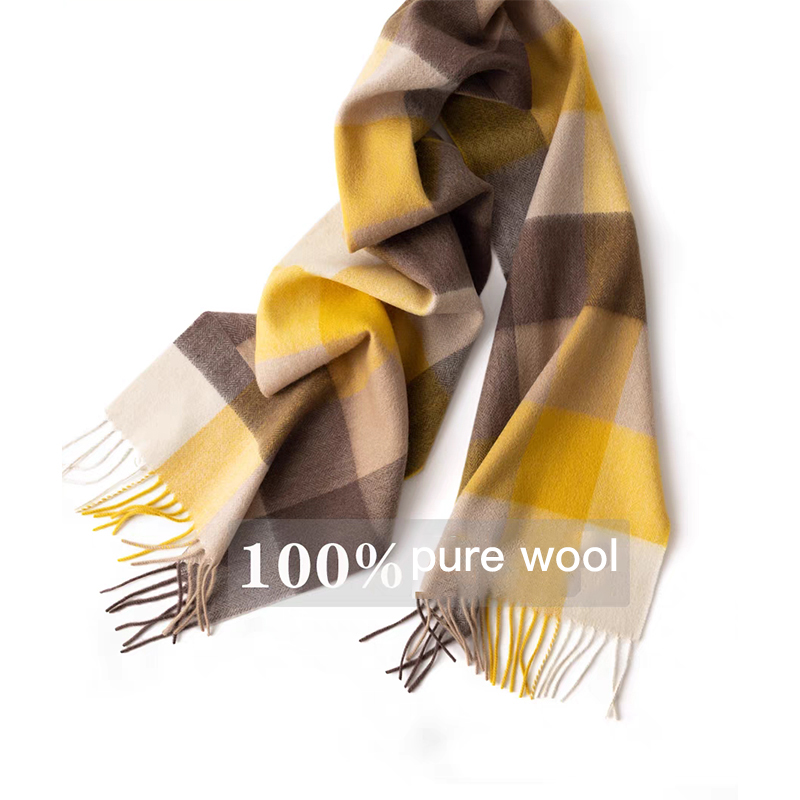1. Warmth retention: natural "heat guardian"
Fiber structure: The surface of wool is covered with a scale layer, and a static air layer is formed between the fibers, which effectively blocks heat loss. Experimental data show that the heat preservation rate of wool products can reach 30%-50%, far exceeding most synthetic fibers.
Environmental response: Wool can adjust the moisture absorption/release rate according to changes in body temperature, lock in temperature in winter and permeate in summer, and achieve dynamic comfort.
2. Breathability: "breathing" fiber
Air circulation: The gap between fibers allows air to flow freely, and the moisture generated during exercise can be quickly discharged to avoid stuffiness.
Comparative advantage: Compared with chemical fibers such as polyester, wool is 2-3 times more breathable than the former, and it can still stay dry after wearing for a long time.
3. Moisture absorption and perspiration: natural humidity regulator
Moisture absorption capacity: It can absorb 30% of its own weight in water, and sweat is transferred to the surface through the fiber to evaporate, keeping the skin dry.
Application scenarios: It is particularly outstanding in sportswear and home bedding, reducing the risk of bacterial growth.
4. Durability and elasticity
Abrasion test: Wool fabrics only slightly fuzz after 5,000 frictions, while ordinary cotton fabrics may be damaged.
Elastic recovery: The natural curling structure gives it wrinkle resistance, and it can rebound quickly after being compressed, so the clothes look like new after wearing for a long time.

